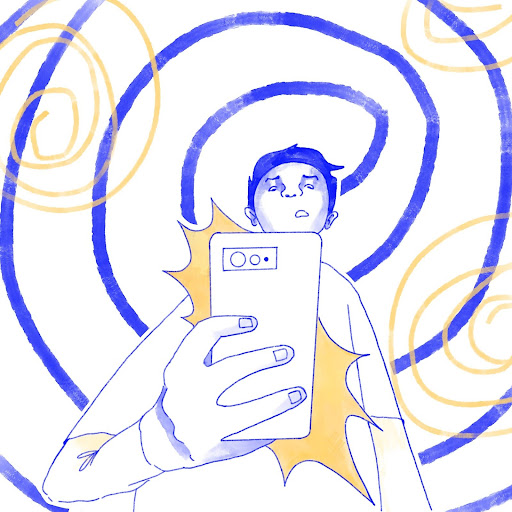
Since the invention of movies, there has been a race to create interesting content that seeks the attention of viewers, even if only momentarily. What started out as more down-to-earth content soon escalated in attempts to gain more viewership. Content became more dramatic and violent, as the allure of tension and adrenaline keeps audiences hooked.
The shift in content had parents worried as the shows on their television sets grew increasingly violent. The Surgeon General’s Scientific Advisory Committee was established in 1969, emblematic of the general public’s increasing fear over the potential harm certain content possessed.
In the years since, the more intense forms of media have become pervasive through the development of social media sites. The change in platform has also brought about increasingly extreme forms of content, a phenomenon that is further exacerbated by the constant bids for attention that are commonplace online.
With millions of children having access to social media platforms, such as Instagram and YouTube, many of them have been exposed to violent content, initially widespread through television. This exposure has proven to pose a threat to their psychological health and mental development. Much of the same threats posed initially by the widespread adoption of television are now becoming present in new mediums of communication and content sharing.
A study performed by psychologists Leonard Eron and L. Rowell Huesmann from 1977 to 1992 indicated that children who were exposed to hours of violent content on television during their adolescence were more likely to show signs of aggression later in life. Although this study was primarily centered around the consumption of content through television, the psychological effects regarding exposure to such content are still applicable to more modern forms of entertainment.
Much of adolescence’s shift in behavior can be attributed to a desensitization toward violence and a weaker grasp on empathy due to being exposed to such content during formative years. As suggested by the research of psychologist Albert Bandura in 1961, children are prone to imitating behavior such as aggression and violence when exposed to it. His experiment involving adults modeling violent behavior and children following suit culminated in the social learning theory that noted the propensity for children to replicate behaviors they see. The almost demonstrational nature of much of the content they consume can subconsciously encourage the audience to replicate the behavior in other settings.
Similar studies to Bandura’s work reinforced the idea of social learning. One study involving preschool children watching violent cartoons suggested that the content led to the same children becoming more combative toward their peers. Much of the same behavioral responses to violent stimuli can be applied to sources such as social media, where children are at risk of learning and imitating harmful behaviors that are detrimental to themselves and others around them.
Social media companies are at the crux of the issue and are responsible for much of the new danger. Their often relaxed and poorly-enforced policies put children at risk of learning harmful behaviors that can negatively affect their emotional development and future actions.
Although Section 230 of the Communications Decency Act of 1996 protects social media companies from legal action over user-generated content, it is vital that the companies are still held accountable for moderating their content. Social media companies cannot simply leave such a risk up to the individual users of their platforms. They need to adopt a more proactive approach toward eliminating violent content found on their websites.
It is also up to governmental agencies to modernize their approach toward ensuring the safety of children and holding social media companies accountable for severe infractions. Like the Federal Communications Commission moderates the media sent across live broadcasts, similar measures need to be put in place to ensure that other forms of media are safe for general audiences.
Although it would be virtually impossible to effectively moderate billions of posts on larger platforms, the pervasiveness of violent and disturbing media can be mitigated or outright prevented by legislation that mandates better funded and managed moderation on large platforms.
With more proactive stances on both the governmental and corporate levels, society can be better protected against the effects of desensitization from social media, ensuring that future generations are better adjusted and empathetic toward their peers.

